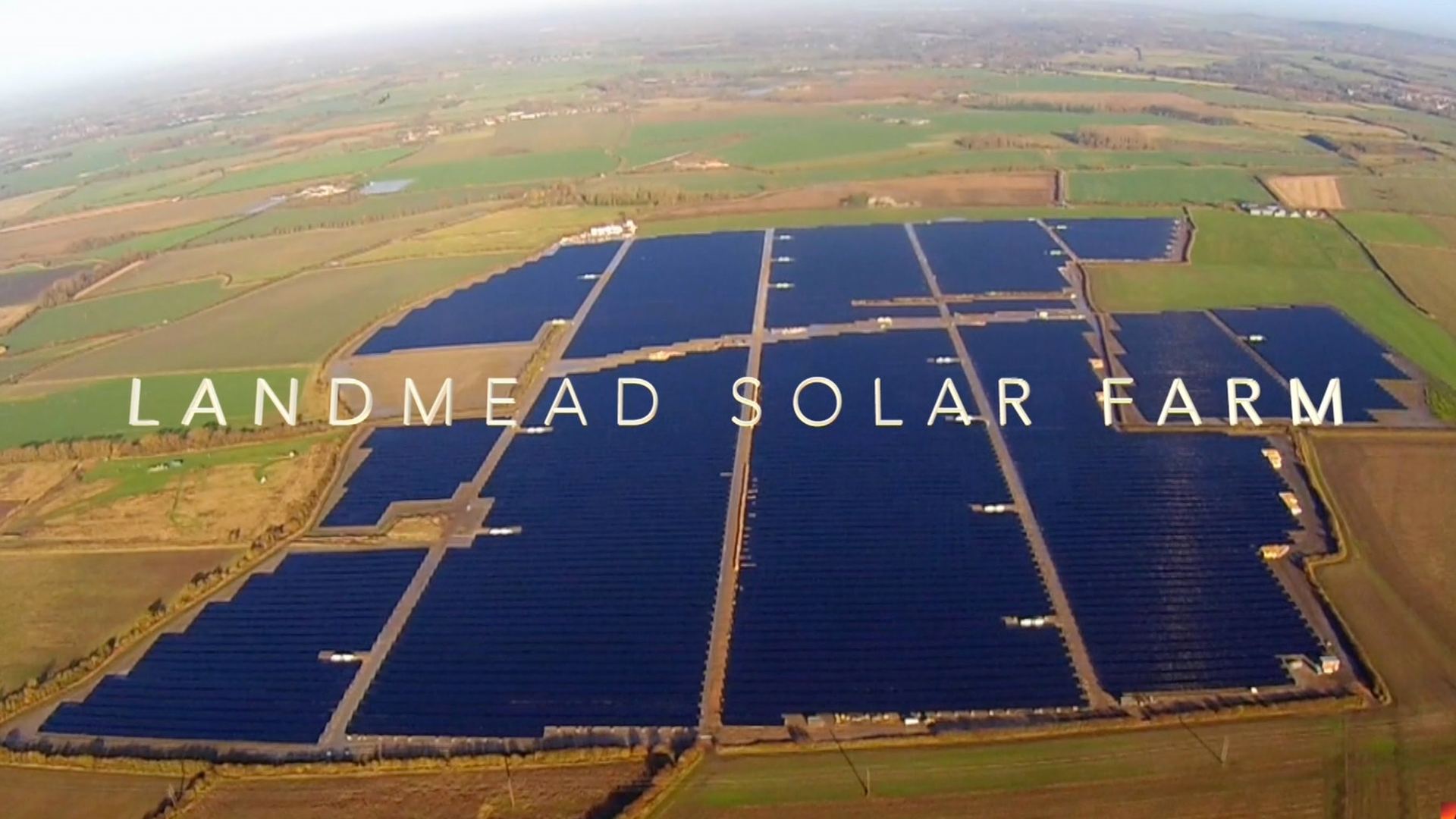News Article
MEMS From The Super Market
A California based company released an off the shelf MEMS microhotplate for chemical sensors using sol-gel process and nanotechnology.
Kebaili Corporation a California based high tech company in MEMS and nanotechnology, announced the release of the KMHP-100 Series, the industry's first commercially available off the shelf MEMS microhotplates for researchers and scientists in innovative chemical sensor research and development applications.
The MEMS microhotplate consists of a micromachined silicon die attached to a gold plated TO-18 package, which insures reliable and stable continuous operation in harsh and hostile environment applications. The platinum resistive thin film microheater sandwiched between freestanding thin film silicon nitride and silicon dioxide membranes allows the microhotplate to operate continuously and reliably at temperatures up to 650°C. The freestanding thin film silicon nitride membrane thermally and electrically isolates the platinum microheater from the silicon substrate microstructure, and provides the microhotplate with a low thermal mass. The KMHP-100 MEMS silicon chip is based on Kebaili Corporation's proprietary 1mm x 1mm microchip die size MEMS microsensor platform technology.
Microhotplates will allow researchers and scientists to develop innovative and ultra highly sensitive and selective chemical sensors based on MEMS, nanotechnology, sol-gel processes, doped metal oxides, polymers, functionalised carbon nanotubes and nanowires. These novel chemical microsensors will be used in medical, industrial, military, automotive, environmental, agricultural, space and homeland security applications.
According to Dr. Mo Kebaili, Chief Technology Officer of Kebaili Corporation, many creative and talented scientists don't have access to cleanroom facilities to design, fabricate and test their own MEMS based microhotplates for the development of new and innovative chemical sensors. Now with KMHP-100 microhotplates readily commercially available off the shelf, will allow these scientists to focus their effort and talent on the sensing materials development, which generally don't require MEMS expertise, and access to cleanroom facility. For example, by using sol-gels process and micro dispensing technique, such as a micropipette to deposit a micro drop of the sensing material onto the KMHP-100 microhotplate, new chemical sensors can be developed in a very short time period and without cleanroom access. The thin-film platinum microheater can also be used in-situ, to post process the micro deposited sensing material such as dehydrating, curing polymers or annealing sol-gels at temperatures up to 650°C.
By using off the shelf KMHP-100 microhotplates, scientists doing research and development work on novel chemical microsensors based on MEMS microhotplate platform, can significantly reduce their development cost, and lower their development time from several weeks to only few days or few hours depending on their process and target application.
The MEMS microhotplate consists of a micromachined silicon die attached to a gold plated TO-18 package, which insures reliable and stable continuous operation in harsh and hostile environment applications. The platinum resistive thin film microheater sandwiched between freestanding thin film silicon nitride and silicon dioxide membranes allows the microhotplate to operate continuously and reliably at temperatures up to 650°C. The freestanding thin film silicon nitride membrane thermally and electrically isolates the platinum microheater from the silicon substrate microstructure, and provides the microhotplate with a low thermal mass. The KMHP-100 MEMS silicon chip is based on Kebaili Corporation's proprietary 1mm x 1mm microchip die size MEMS microsensor platform technology.
Microhotplates will allow researchers and scientists to develop innovative and ultra highly sensitive and selective chemical sensors based on MEMS, nanotechnology, sol-gel processes, doped metal oxides, polymers, functionalised carbon nanotubes and nanowires. These novel chemical microsensors will be used in medical, industrial, military, automotive, environmental, agricultural, space and homeland security applications.
According to Dr. Mo Kebaili, Chief Technology Officer of Kebaili Corporation, many creative and talented scientists don't have access to cleanroom facilities to design, fabricate and test their own MEMS based microhotplates for the development of new and innovative chemical sensors. Now with KMHP-100 microhotplates readily commercially available off the shelf, will allow these scientists to focus their effort and talent on the sensing materials development, which generally don't require MEMS expertise, and access to cleanroom facility. For example, by using sol-gels process and micro dispensing technique, such as a micropipette to deposit a micro drop of the sensing material onto the KMHP-100 microhotplate, new chemical sensors can be developed in a very short time period and without cleanroom access. The thin-film platinum microheater can also be used in-situ, to post process the micro deposited sensing material such as dehydrating, curing polymers or annealing sol-gels at temperatures up to 650°C.
By using off the shelf KMHP-100 microhotplates, scientists doing research and development work on novel chemical microsensors based on MEMS microhotplate platform, can significantly reduce their development cost, and lower their development time from several weeks to only few days or few hours depending on their process and target application.






























